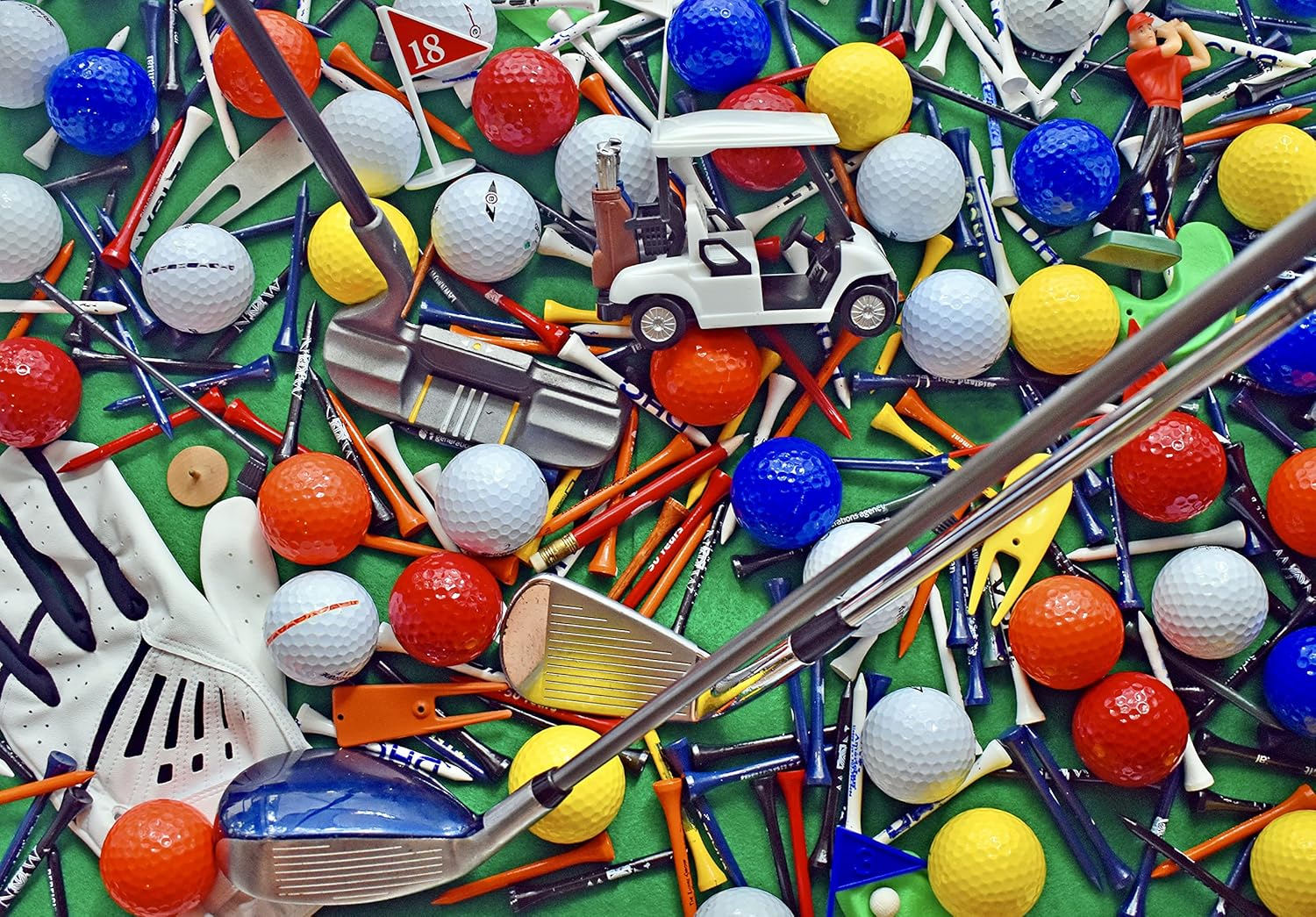Jigsaw puzzles have been enjoyed for centuries in various forms, but the modern jigsaw puzzle as we know it today was invented in the 1760s by a British mapmaker named John Spilsbury. Spilsbury created the first jigsaw puzzle by cutting up a map of Europe into small pieces and mounting them on a wooden board.
Initially, jigsaw puzzles were primarily educational tools used to teach geography, history, and other subjects. However, as the Industrial Revolution brought about advancements in printing and cutting technology, puzzles became more widely available and popular as a form of entertainment.
In the late 19th and early 20th centuries, jigsaw puzzles reached the height of their popularity, with companies like Parker Brothers and Milton Bradley producing a wide variety of puzzles in different sizes and designs. During this time, puzzles were often made from wood and featured intricate designs, such as scenes from famous paintings or landscapes.
In the 1920s and 30s, cardboard puzzles became more common, thanks to improvements in printing technology and the availability of cheaper materials. This made puzzles more affordable and accessible to a wider audience. During this time, puzzles also became more standardized in terms of size and shape, with many companies producing puzzles with interlocking pieces that fit together more precisely.
Today, jigsaw puzzles continue to be a popular form of entertainment and relaxation, with a wide variety of designs available, from traditional landscapes and famous artworks to more modern and abstract designs. The advent of computer technology has also allowed for the creation of custom puzzles featuring personal photos and designs, adding to the puzzle’s enduring appeal.
Describe the history of the modern Jigsaw puzzle.
Jigsaw puzzles have been enjoyed for centuries in various forms, but the modern jigsaw puzzle as we know it today was invented in the 1760s by a British mapmaker named John Spilsbury. Spilsbury created the first jigsaw puzzle by cutting up a map of Europe into small pieces and mounting them on a wooden board.
Initially, jigsaw puzzles were primarily educational tools used to teach geography, history, and other subjects. However, as the Industrial Revolution brought about advancements in printing and cutting technology, puzzles became more widely available and popular as a form of entertainment.
In the late 19th and early 20th centuries, jigsaw puzzles reached the height of their popularity, with companies like Parker Brothers and Milton Bradley producing a wide variety of puzzles in different sizes and designs. During this time, puzzles were often made from wood and featured intricate designs, such as scenes from famous paintings or landscapes.
In the 1920s and 30s, cardboard puzzles became more common, thanks to improvements in printing technology and the availability of cheaper materials. This made puzzles more affordable and accessible to a wider audience. During this time, puzzles also became more standardized in terms of size and shape, with many companies producing puzzles with interlocking pieces that fit together more precisely.
Today, jigsaw puzzles continue to be a popular form of entertainment and relaxation, with a wide variety of designs available, from traditional landscapes and famous artworks to more modern and abstract designs. The advent of computer technology has also allowed for the creation of custom puzzles featuring personal photos and designs, adding to the puzzle’s enduring appeal.

